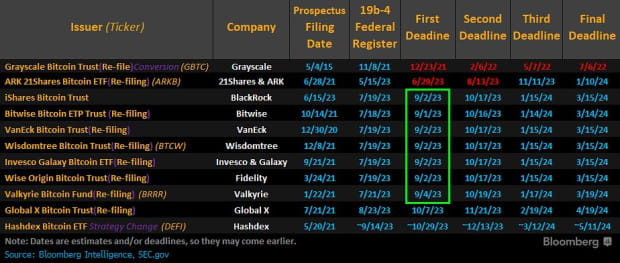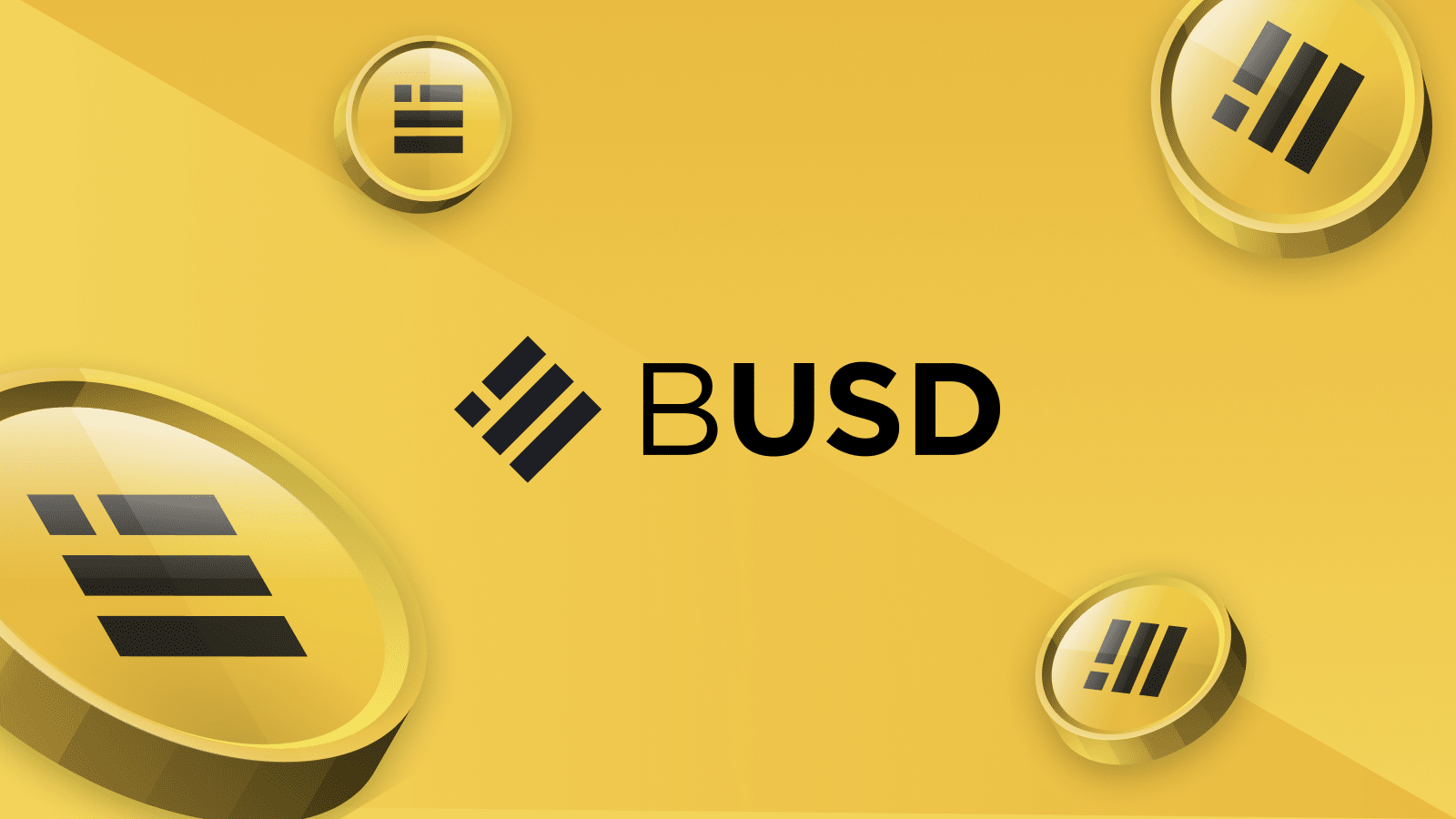The distinctive traits of cryptocurrencies make them an fascinating topic for sport concept evaluation, as they may also help clarify the incentives and behaviors concerned in buying and selling and investing. This text discusses the idea of the prisoner’s dilemma, mining cryptocurrencies and blockchain forks which might be related to the sport concept of Bitcoin and cryptocurrencies.
Introduction to sport concept and cryptocurrencies
Recreation concept is a mathematical framework that helps clarify decision-making in strategic conditions. Cryptocurrencies, like Bitcoin (BTC), have grow to be a preferred topic for sport theorists because of their decentralized nature and potential to disrupt conventional monetary programs.
The prisoner’s dilemma and cryptocurrency mining
Within the traditional sport concept state of affairs generally known as the prisoner’s dilemma, two events should make a selection with out figuring out what the opposite will do. Within the context of cryptocurrency mining, the prisoner’s dilemma may also help clarify why miners could act in their very own self-interest, even when it’s not in one of the best curiosity of the community as a complete.
The primary miner to efficiently remedy a difficult mathematical equation receives contemporary BTC items. Each laptop energy and power utilization are important necessities for the mining operation. The tragedy of the commons, which occurs when people prioritize their very own pursuits over the wants of the entire, is likely one of the largest obstacles in cryptocurrency mining. By mining cryptocurrencies, miners could put their particular person monetary acquire forward of the community’s total safety and stability.
A useful basis for comprehending this conduct is supplied by the prisoner’s dilemma. Within the state of affairs, two individuals are arrested for against the law, and they’re provided the choice to work collectively or activate each other. In the event that they each cooperate, their sentences are each lowered. When one betrays the opposite, the betrayer is given a lighter punishment, whereas the opposite is given a lengthier one. Each obtain a average penalty in the event that they betray each other.
Associated: How does blockchain remedy the Byzantine generals drawback?
Miners confront the same decision-making course of whereas mining cryptocurrencies. The community is protected and safe if all miners collaborate by mining truthfully and making a contribution. But one miner could profit extra from mining maliciously or not contributing to the community in the event that they select to behave in their very own self-interest.
Let us take a look at the beneath diagram illustrating an instance of two miners in a cryptocurrency pool to grasp how the prisoner’s dilemma could be utilized to the context of cryptocurrency mining.

Within the above diagram, Miner A and Miner B are two miners in a cryptocurrency mining pool. They’ve the selection to cooperate (proceed mining collectively) or defect (depart the pool and mine independently). The rewards and payoffs are primarily based on the traditional prisoner’s dilemma state of affairs:
- If each miners cooperate, they each obtain a reward (e.g. a share of the mining income).
- If Miner A defects whereas Miner B cooperates, Miner A receives a temptation payoff (e.g. a bigger share of the mining income), whereas Miner B receives a suckers payoff (e.g. a smaller share of the mining income).
- If Miner A cooperates whereas Miner B defects, Miner A receives a suckers payoff, whereas Miner B receives a temptation payoff.
- If each miners defect, they each obtain a punishment (e.g. decrease total mining income).
This diagram illustrates how the prisoner’s dilemma could be utilized to the context of cryptocurrency mining. It reveals the potential rewards and payoffs for every mixture of cooperation and defection, and may also help miners make choices about whether or not to remain in a pool or mine independently.
The defector will obtain a bigger share of the income as a result of they don’t seem to be sharing their earnings with the opposite miner. Then again, the cooperator who remained within the pool will obtain a smaller share of the rewards as a result of they’re now contributing extra computing energy however nonetheless receiving the identical share of the rewards as earlier than.
To handle this problem, cryptocurrency networks can implement numerous incentives and mechanisms to encourage miners to behave within the curiosity of the community as a complete. For instance, networks can reward miners who contribute to the community with decrease charges or elevated mining rewards. Moreover, networks can implement penalties or defensive mechanisms to discourage malicious conduct.
The sport concept of blockchain forks
Blockchain forks are one other state of affairs the place sport concept may also help clarify the decision-making technique of contributors. A fork happens when a blockchain community splits into two separate paths, typically because of disagreements amongst contributors in regards to the path of the community.
A fork could be regarded as a coordination sport from the attitude of sport concept. Two or extra gamers should work collectively to achieve a typical goal in a coordination sport. Members in a blockchain fork should work collectively to determine which fork to advertise and which to reject.
The Bitcoin community break up into two distinct forks in 2017: Bitcoin and Bitcoin Money. This is likely one of the most well-known situations of a blockchain fork. Disagreements inside the Bitcoin neighborhood on find out how to broaden the community to deal with an growing quantity of transactions led to the creation of this fork.
On this case, members of the Bitcoin neighborhood had to decide on between sticking with the outdated Bitcoin community and switching to the brand new Bitcoin Money community. The selection was not straightforward as a result of every fork has execs and cons of its personal. As an example, whereas Bitcoin Money provided faster transaction instances and decrease charges, Bitcoin had a bigger community and better acceptance.
Members on this state of affairs needed to take into consideration their private preferences and opinions relating to the potential future value of every community within the context of sport concept. Members can be motivated to advertise Bitcoin Money even when it meant leaving the unique Bitcoin community in the event that they thought it had a stronger probability of long-term development.
Associated: Find out how to purchase Bitcoin Money: A newbie’s information for getting BCH
Let us take a look at the beneath diagram, illustrating two miners going through the selection of whether or not to undertake a brand new fork within the blockchain or proceed on the outdated fork to grasp how sport concept could be utilized to the context of blockchain forks.

The above diagram depicts the strategic decision-making of two miners, Miner A and Miner B, on a blockchain, as they face the selection of both adopting a brand new fork or persevering with on the outdated fork. The rewards and penalties are primarily based on the next assumptions:
- If each miners undertake the brand new fork, they each obtain a reward (e.g. elevated mining effectivity).
- If Miner A adopts the brand new fork whereas Miner B continues on the outdated fork, Miner A receives a penalty (e.g. decreased mining effectivity), whereas Miner B receives a reward.
- If Miner A continues on the outdated fork whereas Miner B adopts the brand new fork, Miner A receives a reward, whereas Miner B receives a penalty.
- If each miners proceed on the outdated fork, they each obtain a temptation payoff (e.g. sustaining management over the blockchain).
This diagram illustrates how sport concept could be utilized to the context of blockchain forks. It reveals the potential rewards and penalties for every mixture of adopting or not adopting a brand new fork, and may also help miners make choices about whether or not to change to a brand new fork or persist with the present one.
To handle this problem, cryptocurrency networks can implement numerous mechanisms to make sure that forks happen as easily as potential. For instance, networks can implement replay safety, which prevents transactions on one community from being replayed on the opposite.









![Methods to Purchase DeFi Pulse Index on CoinStats [The Ultimate Guide 2022]](https://bitrrency.com/wp-content/uploads/2022/05/DeFi_Pulse_og-100x70.png)

